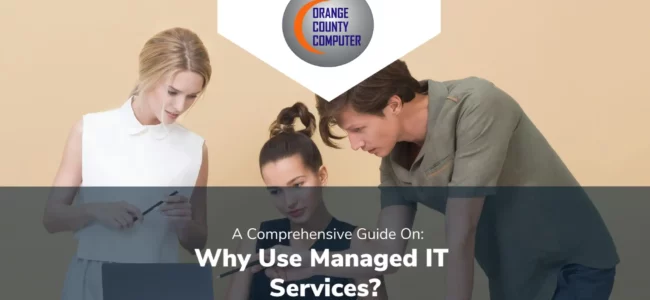PII Compliance – Protecting Your Business from Costly Data Breaches: The Importance of Managed Services
The Importance of Managed Services and PII Compliance In today’s digital landscape, safeguarding sensitive information such as Personally Identifiable Information (PII) has become paramount for businesses of all sizes. With the proliferation of remote work and the ever-present threat of cyberattacks, ensuring the security of your company’s data has never been more critical. Focusing on […]
Continue Reading...






